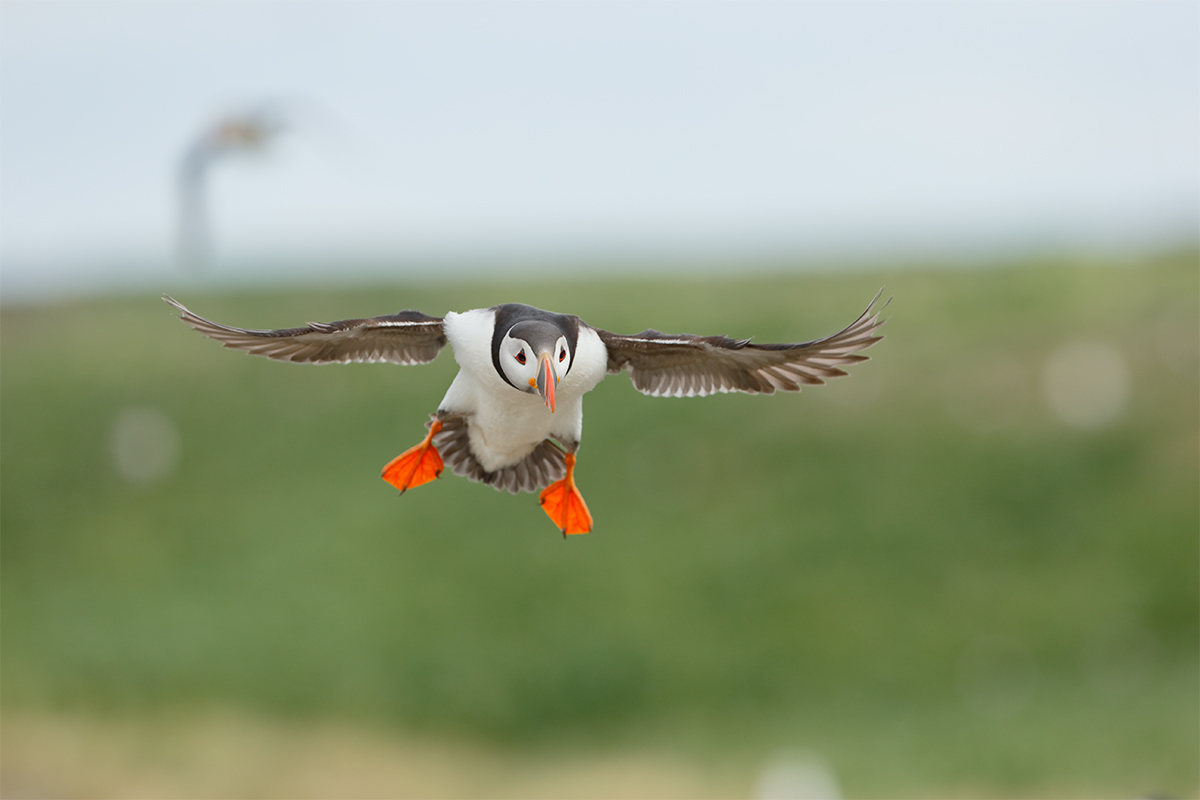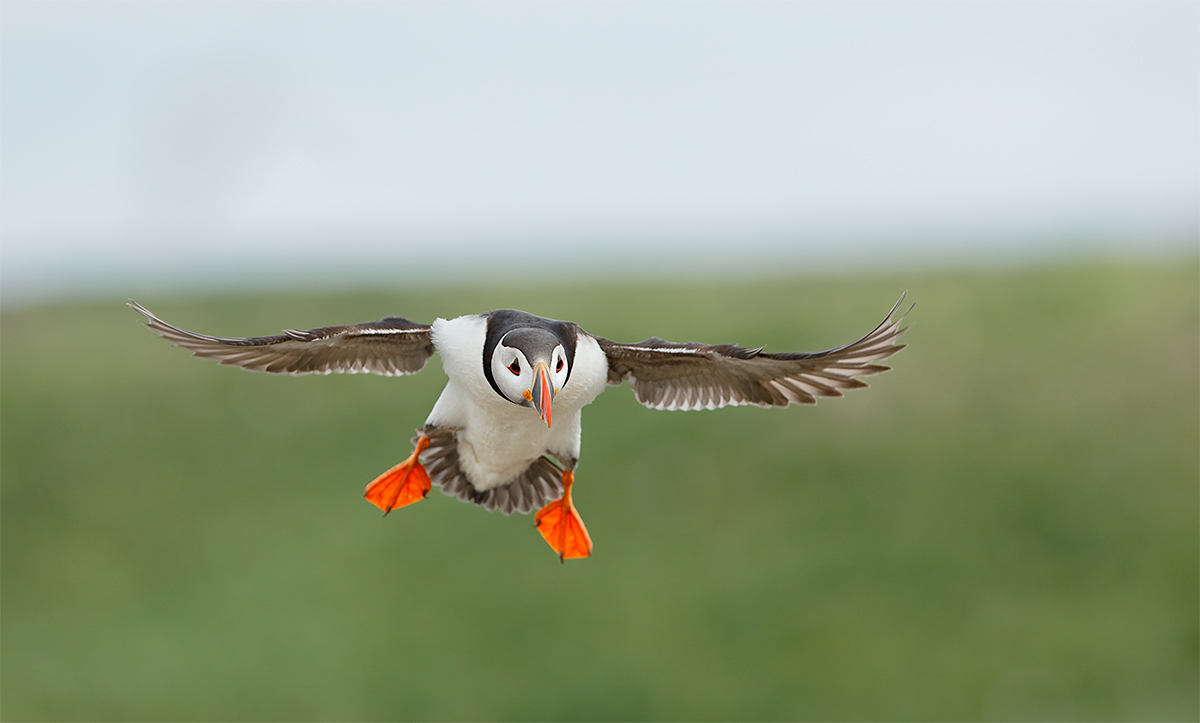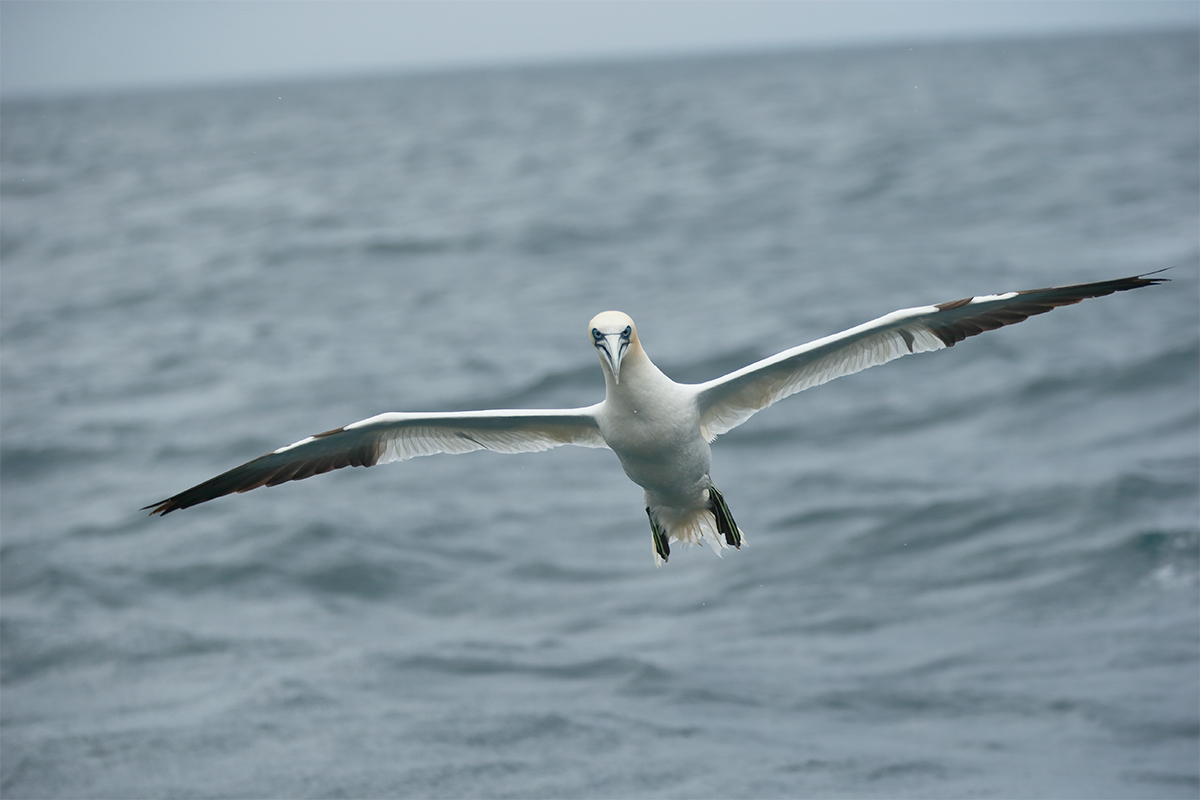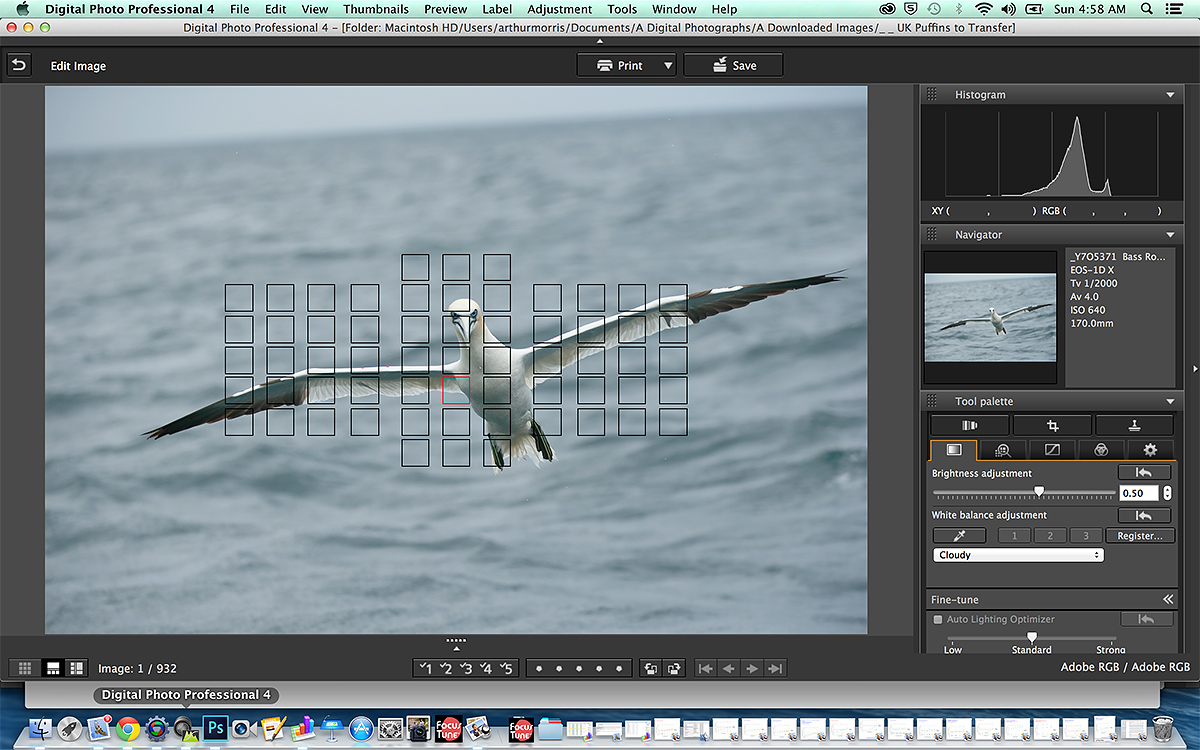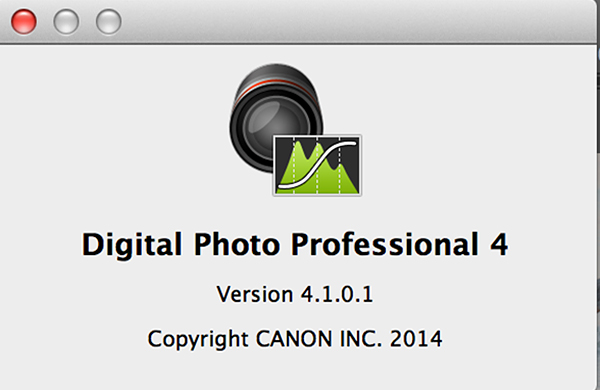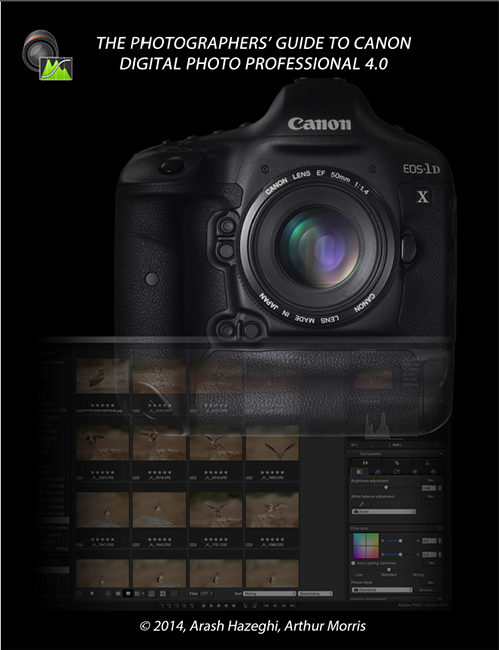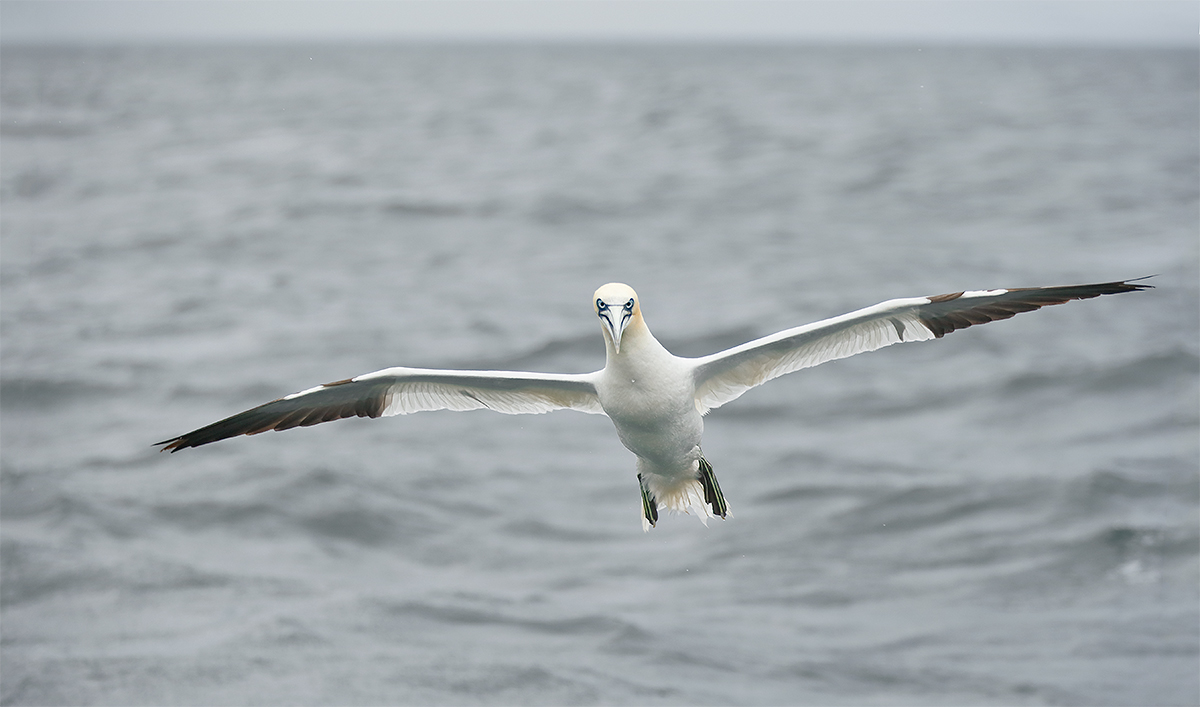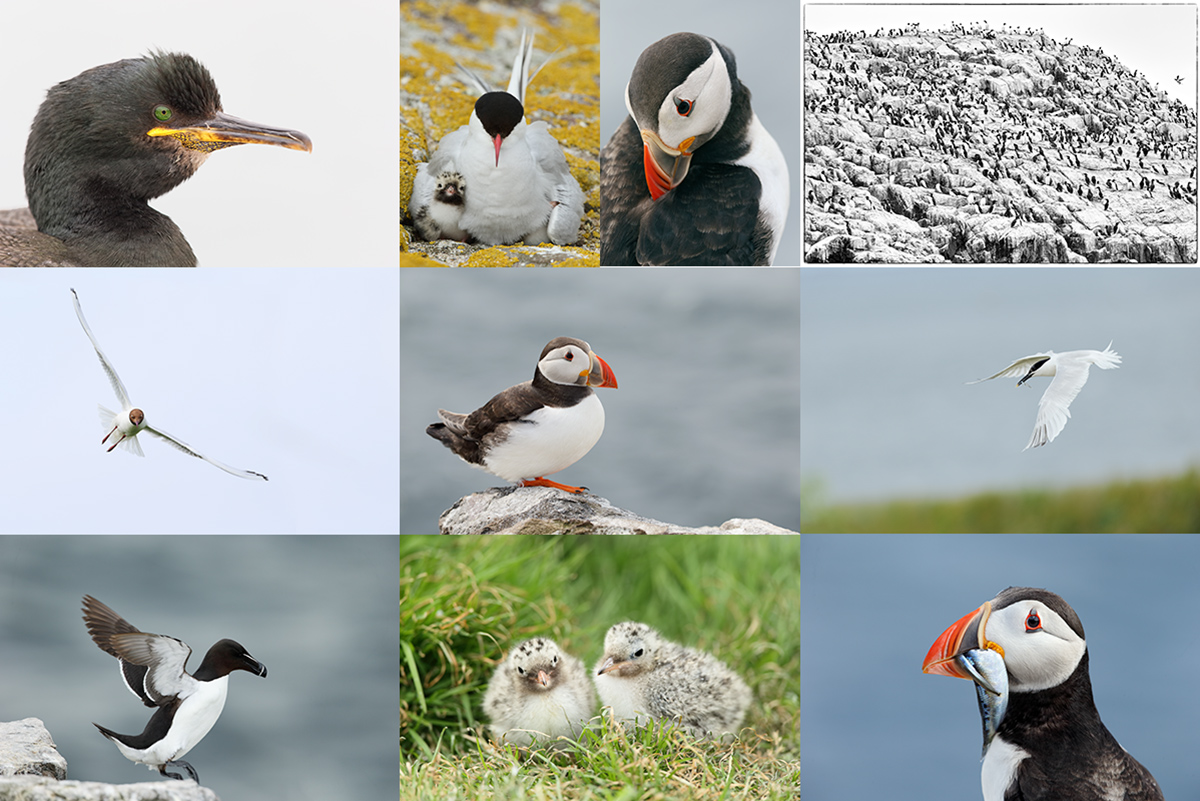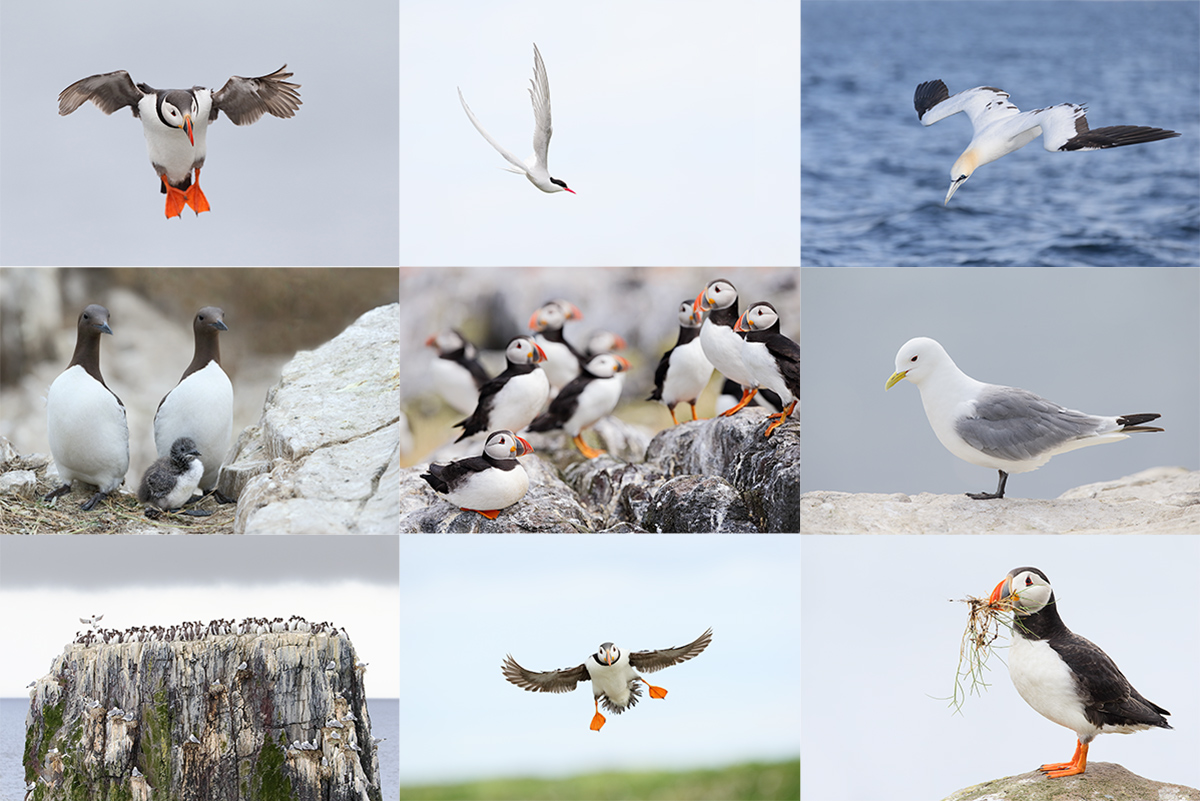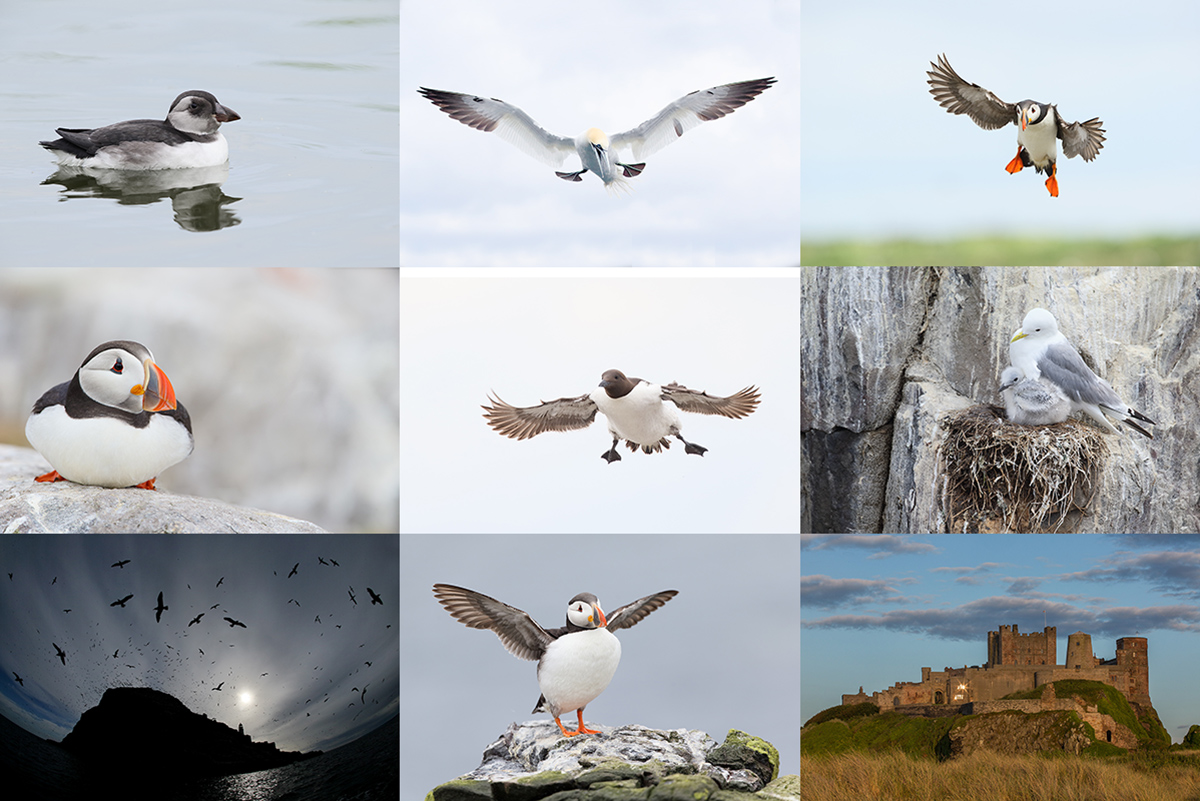The Streak Continues: 344
Yesterday I began working with my “Love Affair with Bosque” keynote program that I will be presenting on Friday afternoon, November 21, at the Festival of the Cranes. This program is free and open to the public but you must register. If you are in the vicinity, it would be foolish of you not to attend :). Scroll down here for details or to register.
Michael Tapes, the creator of LensAlign, was here most of the day. We worked on creating a tutorial for his totally amazing Focus Tune software. We successfully micro-adjusted my very own brand new Canon EOS-7D Mark II alone, with the 1.4X III TC, and with the 2X III TC. Learn more in tomorrow’s blog post.
We worked so long and hard that I had no swim and no ice bath. After he left I took a short nap and then went to bed way early. This blog post, the 344th in a row, took three hours to prepare. It was published from my home at Indian Lake Estates just after 6:00am.
In the good news department we filled one of the four remaining slots on the two Palouse IPTs yesterday.
Please Help Support My Work on the BAA Blog
Thanks a Stack! October was a Great Month.
October was a very rewarding month. Thanks a stack to all who used our B&H links for purchases large and small.
To show your appreciation for my efforts here, we ask, as always, that you use our the B&H and Amazon affiliate links on the right side of the blog for all of your purchases. B&H Is recommended for you major photography gear purchases, Amazon for your household, entertainment, and general purpose stuff. Please check the availability of all photographic accessories in the BIRDS AS ART Online Store, especially Gitzo tripods, Wimberley tripod heads, and the like. We sell only what I have used, have tested, and can depend on. We will not sell you junk. We know what you need to make creating great images easy and fun. And we are always glad to answer your gear questions via e-mail.
I would of course appreciate your using our B&H affiliate links for all of your major gear, video, and electronic purchases. For the photographic stuff mentioned in the paragraph above we, meaning BAA, would of course greatly appreciate your business. Here is a huge thank you to the many who have been using our links on a regular basis and visiting the BAA Online store as well.
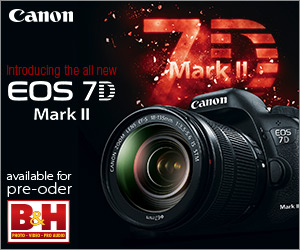

If what you’ve learned here on my blog about the Canon EOS-7D Mark II has inspired you to purchase this great new camera body, please consider using the logo link above to support our efforts here in bringing you the latest, greatest educational materials on daily basis.
|
This image was created on last year’s hugely successful UK Puffins and Gannets IPT with the hand held Canon EF 300mm f/2.8L IS II USM lens and the Canon EOS-1D X. ISO 800. Evaluative metering +1 1/3 stops off the light blue sky: 1/3200 sec. at f/4.5 in Manual Av mode. Cloudy WB. Central sensor/AI Servo Expand/Rear Focus AF on the side of the bird’s breast below the bird’s left wing was active at the moment of exposure. Do understand that this left one active sensor squarely on the puffin’s face. Click here to see the latest version of the Rear Focus Tutorial. Click on the image to see a larger version. |
Planning the Incoming Atlantic Puffin in flight Image Optimization
Before you scroll down, make a mental plan detailing the steps you would take in optimizing this image. Include the steps and the tools you would use to execute your vision. The JPEG above represents the RAW file after conversion in DPP 4.0.
|
This is the optimized image that was created from the original image above. Image #1: Incoming Atlantic Puffin in flight |
The Incoming Atlantic Puffin in flight Image Optimization
After converting the RAW file in DPP 4 I did most of the clean-up work with the Patch Tool. Next I selected and sharpened the bird’s face with a Contrast Mask. Then I selected the bird with the Quick Selection Tool, ran my NIK 25-25 recipe on a Layer, and reduced the opacity just a bit. Total time in Photoshop: 4 minutes.
|
This image was also created on last year’s hugely successful UK Puffins and Gannets IPT, this one with the Canon EF 70-200mm f/2.8L IS II lens , the Canon 1.4x EF Extender III (Teleconverter) (hand held at 170mm), and the Canon EOS-1D X. ISO 640. Evaluative metering + 1 2/3 stops off the dreary sky: 1/2000 sec. at f/4 in Manual mode was about a half stop underexposure. Cloudy WB. Central sensor/AI Servo Expand/Rear Focus AF on the side of the bird’s breast where it meets the base of the right wing was active at the moment of exposure. Click here if you missed the Rear Focus Tutorial. Be sure to click on the image to see a larger version. |
Planning the Northern Gannet getting ready to dive Image Optimization
Before you scroll down, make a mental plan detailing the steps you would take in optimizing this image. Include the steps and the tools you would use to execute your vision. The JPEG above represents the RAW file after conversion in DPP 4.0.
Be sure to scroll down to the see the optimized version and learn what I did.
DPP 4 screen capture for Northern Gannet getting ready to dive image |
The DPP 4 Screen Capture
The DPP 4 screen capture for the Northern Gannet getting ready to dive image shows the selected AF point and the Brightness slider used to add 1/2 stop of light to the RAW image. Lots more adjustments that you cannot see were made on this, the Perform basic image adjustment tab. I use this tab, the Adjust image detail tab, and the Perform image lens correction on all images. On occasion I use the Adjust image colors tab. The other four tabs are used rarely if ever.
|
DPP 4 is completely new and different from the various versions of DPP 3. It handles files only from the following cameras: EOS-1D X, EOS 5D Mark III, EOS-6D, and the EOS-7D Mark II. |
Great 7D II/DPP v4.01.0 News
An updated version of Canon Digital Photo Professional that supports RAW files from the EOS-7D Mark II was made available for download the Canon USA website. Though some folks had trouble getting access to the Mac version of DPP v4.1.0.1 I was able to download and install it easily yesterday evening. Hint for Mac folks: after you double click on the downloaded zip file you need to go to your desktop and click on the icon that was magically created there in order to begin the installation.
To download DPP v4.1 first click here and then click on Drivers and Software and follow the prompts.
|
The Photographers’ Guide to Canon Digital Photo Professional 4.0 by Arash Hazeghi and Arthur Morris is now available. Click here to order. |
The DPP 4 eGuide (PDF)
BIRDS AS ART is proud to announce the release of The Photographers’ Guide to Canon Digital Photo Professional 4.0 by Arash Hazeghi and Arthur Morris: $40.
Artie first went to DPP because he was not happy with the colors he was getting with 1D X and 5D III images from ACR (Adobe Camera Raw). Though less than intuitive, he found it fast and easy to use once he mastered the basics. He collaborated with Arash Hazeghi on the first DPP RAW Conversion Guide. Do understand that the DPP RAW Conversion Guide details the use of various iterations of DPP 3. He calls those the DPP 3.whatever versions. The latest version is DPP 3.14.41.0.
Some time ago Canon released DPP 4.0, completely and utterly new and different from DPP 3. When it was introduced DPP 4 worked only EOS-1D X, EOS-5D Mark III, and EOS-6D images and that is still the case today. It will not work with RAW files from older Canon digital camera bodies. Both authors are hoping that a new version of DPP 4 that will convert EOS-7D Mark II images will be released soon.
In the meantime, DPP 4 performs superbly with his 1D X and 5D III images. When he first opened DPP 4 he felt as if he were in the cockpit of a Boeing 747 and was being asked to fly it. There were so many tabs and buttons and controls that he simply closed the program. He immediately called Arash and asked him if he wanted to work together on a DPP 4 guide. After 100s of hours of work the guide is now ready to teach you to conveniently and easily use DPP 4 to create the finest possible image files from your 1D X, 5D III, and 6D image files. Basically, Arash sent artie a sophisticated outline that he re-crafted into a clear, concise, easily understood, and easy to follow how-to guide written in the BAA style. Arash created all of the charts, diagrams, and graphics.
His charts with recommendations for both Chrominance and Luminance Noise Reduction values for each of the 3 covered cameras at various ISO settings are alone worth the price of the book. He spent many dozens of hours experimenting with high ISO RAW files and shares his findings with you in the DPP 4 Guide. Folks will surely want to create some sort of easily accessible quick reference on their laptops and home computers.
DPP offers a host of great features some but not all of which are reminiscent of ACR. These include the following: Multi-image display, the extremely valuable Before/after Comparison layout, Highlight/shadow warnings, White Balance, and the eight RAW Conversion tabs that include sliders for Brightness, Highlights, Shadows, Contrast, Hue-Saturation, Color Tone, Sharpness, Noise Reduction, HSL (Hue/Saturation/Luminance), Lens Corrections, and Digital Lens Optimizer among others. We teach you how to best utilize each of those and many more. We share our slightly different DPP workflows and dozens of tips that will simply make your life easier. Arash uses DPP4′s rating system for choosing his keepers while artie continues to rely on BreezeBrowser Pro for that. DPP offers a variety of sorting filters. We explain all of the options. In addition, we teach you how to set your preferences and how to arrange your workspace for the greatest efficiency.
Both authors firmly believe that the manufacturer’s conversion algorithms will always out-perform 2nd party software when it comes to preserving image quality, fine detail, and accurate color rendition.
The authors wish to thank Chuck Westfall and Rudy Winston of Canon USA for their help; they are always available to answer our nit-picking questions. Sincere thanks also to Ken Kovak, Bob Schwartz, Dane Johnson, and John Stuhlmuller for their thoughtful and substantive reviews of late drafts of the DPP 4 manuscript.
You can order your copy of the DPP 4 Guide for $40 through the BAA Online Store by clicking here, by calling Jim or Jen in the office at 863-692-0906 with credit card in hand, by sending us a check made out to “Arthur Morris” or a money order for $40 to BIRDS AS ART, PO Box 7245, Indian Lake Estates, FL 33855, or by by sending a Paypal for $40 to e-mail. IN the latter two instances be sure to note DPP 4 Guide so we know what you are ordering :).
Note: the Sharpness and Noise Reduction Charts will be updated to include the recommended values for the 7D Mark II. I have been sending RAW files to Arash for several days. Now Arash has a lot more work to do. For those who have purchased the DPP 4 Guide, the update will of course be free but please be patient.
Those using older Canon camera bodies like the 1D Mark IV, the 7D, the 50D, the 40D, the various Rebels (not highly recommended for serious nature photography), are directed to the original DPP RAW Conversion Guide click here. DPP 3 (the latest version is DPP v3.14.41.0) does a fine job of converting images from the older camera bodies. I used it for several years.
DPP 4 eGuide Kudos via e-mail from Melvin Grey
Artie, Thank you very much for creating and sending the superb new guide and for the excellent service.THANK YOU and ARASH, once again, for an invaluable guide and THANK YOU for your continuing educational blogs. Melvin
Image #2: Northern Gannet getting ready to dive |
The Northern Gannet getting ready to dive Image Optimization
First I leveled the image and filled in the blank canvas using the John Haedo Content Aware Fill technique. After that, much of the work here dealt with exposure, contrast, and color issues. The original was underexposed with a pretty good (or pretty bad….) CYAN color cast. After working on the whole image I selected the whole bird with the Quick Selection Tool, ran a Layer of my NIK 25-25 recipe, and then pulled the curve up to further brighten the WHITES.
I did some extensive Eye Doctor that included darkening the pupil and lightening the iris, both of those via painted Quick Masks. At that point I was still not happy with the color work that I did so I reduced the CYAN saturation about 50 points. That made the color seem much more natural to me.
You can see more 70-200 gannet images from last year’s IPT here.
Digital Basics
Everything that I did to optimize both of today’s images is covered in detail in my Digital Basics File–written in my easy-to-follow, easy-to-understand style. Are you tired of making your images look worse in Photoshop? Digital Basics File is an instructional PDF that is sent via e-mail. It includes my complete digital workflow, dozens of great Photoshop tips (including the Surface Blur settings as taught to me by Denise Ippolito), details on using all of my image clean-up tools, the use of Contrast Masks, several different ways of expanding and filling in canvas, all of my time-saving Keyboard Shortcuts, Quick Masking, Layer Masking, and NIK Color Efex Pro basics, Contrast Masks, Digital Eye Doctor techniques, using Gaussian Blurs, Tim Grey Dodge and Burn, a variety of ways to make selections, how to create time-saving actions, and tons more.
APTATS I & II
Learn the details of advanced Quick Masking techniques in APTATS I. Learn Advanced Layer Masking Techniques in APTATS II. Mention this blog post and apply a $5 discount to either with phone orders only. Buy both APTATS I and APTATS II and we will be glad to apply at $15 discount with phone orders only. Please call Jim or Jennifer at 863-692-0906 weekdays to order.
|
Images and card design copyright 2014: Arthur Morris/BIRDS AS ART. Click on the card to enjoy a spectacular larger version. |
The 2015 UK Puffins and Gannets IPT
June 29 through July 5, 2015: $5499: Limit 10 photographers/Openings 2. Two great leaders: Denise Ippolito and Arthur Morris.
Here are the plans for next year: take a red eye from the east coast of the US on 28 June arriving in Edinburgh, Scotland on the morning of Monday 29 June (or simply meet us then either at the Edinburgh Airport (EDI) or later in the day at our cottages if you are driving your own vehicle either from the UK or from somewhere in Europe. Stay 7 nights in two gorgeous modern country cottages.
There are 5 days of planned puffin/seabird trips—weather permitting, and 1 full day of gannet photography with 2 sessions on the boat.
|
Images and card design copyright 2014: Arthur Morris/BIRDS AS ART. Click on the card to enjoy a spectacular larger version. |
The Details
We will be staying in upscale country-side cottages that are beyond lovely with large living areas and lots of open space for image sharing and Photoshop lessons. The shared rooms are decent-sized, each with two roomy single beds and a private bathroom. See the single supplement info below.
All breakfasts, lunches and dinners are included. All 5 puffins boat lunches will need to be prepared in advance, taken with, and consumed at your leisure. I usually eat mine on the short boat trip from one island to the other. Also included is a restaurant lunch on the gannet boat day and a farewell fine dining thank you dinner. The cost of your National Heritage Trust is also included; that covers the twice a day landing fees.
Plan to fly home on the early morning of Monday 6 July or to continue your stay or travels.
|
Images and card design copyright 2014: Arthur Morris/BIRDS AS ART. Click on the card to enjoy a spectacular larger version. Scroll down to join us in the UK in 2015. |
Single Supplement Info
The single supplement is $1475. As we will be renting a third cottage the $1475 is due with your deposit and is also non-refundable.
If you are good to go please send your $2,000 deposit check now to save a spot. Please make your check out to “Arthur Morris” and send it to Arthur Morris/BIRDS AS ART, PO Box 7245, Indian Lake Estates, FL, 33855. If you cancel and the trip fills, we will be glad to apply a credit applicable to a future IPT for the full amount less a $100 processing fee. If we do not receive your check for the balance on or before the due date we will try to fill your spot from the waiting list. Whether or not your spot is filled, you will lose your deposit. If not, you can secure your spot by paying your balance.
We do hope that you can join us.
Be sure to like and follow BAA on Facebook by clicking on the logo link upper right. Tanks a stack!
Support the BAA Blog. Support the BAA Bulletins: Shop B&H here!
We want and need to keep providing you with the latest free information, photography and Photoshop lessons, and all manner of related information. Show your appreciation by making your purchases immediately after clicking on any of our B&H or Amazon Affiliate links in this blog post. Remember, B&H ain’t just photography!
Amazon.com
Those who prefer to support BAA by shopping with Amazon may use this link:
Amazon Canada
Many kind folks from north of the border, eh, have e-mailed stating that they would love to help us out by using one of our affiliate links but that living in Canada and doing so presents numerous problems. Now, they can help us out by using our Amazon Canada affiliate link by starting their searches by clicking here. Many thanks to those who have written.
Typos
In all blog posts and Bulletins, feel free to e-mail or to leave a comment regarding any typos or errors. Just be right :).

